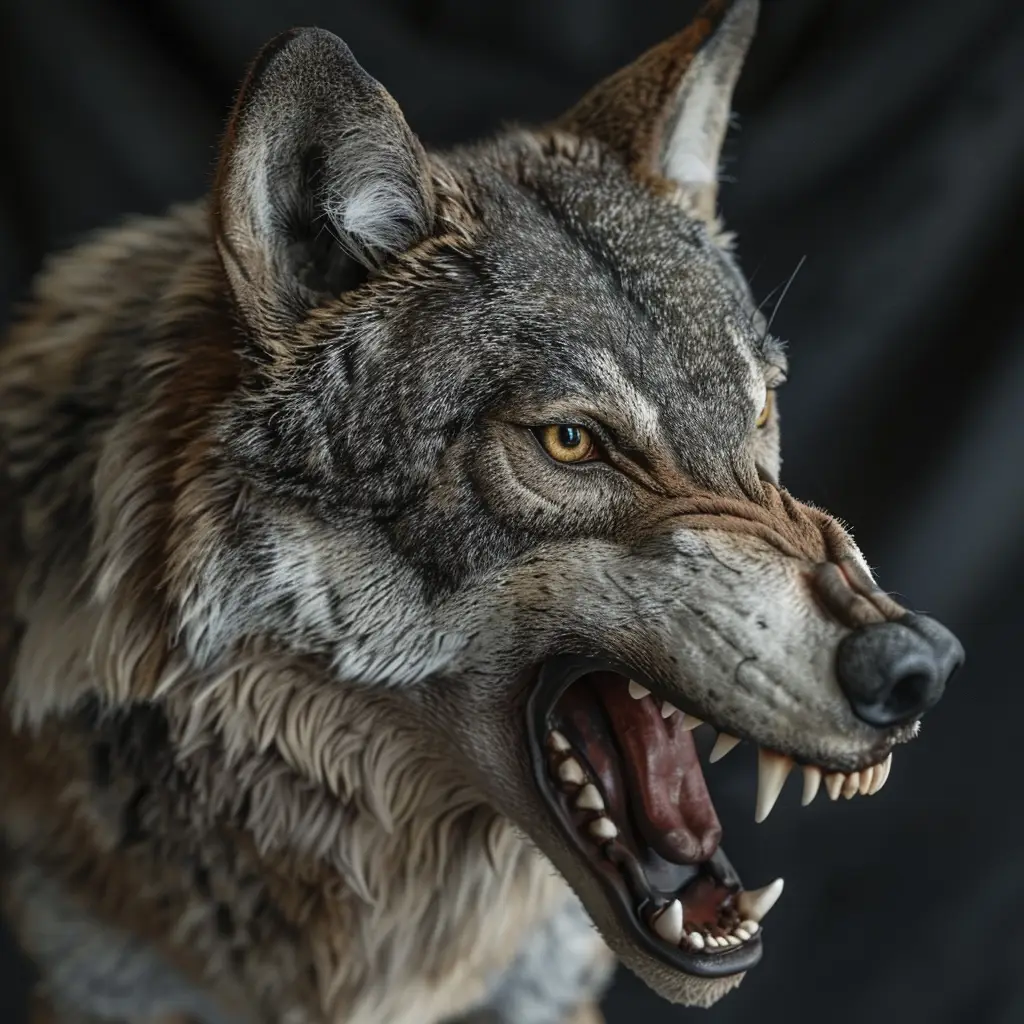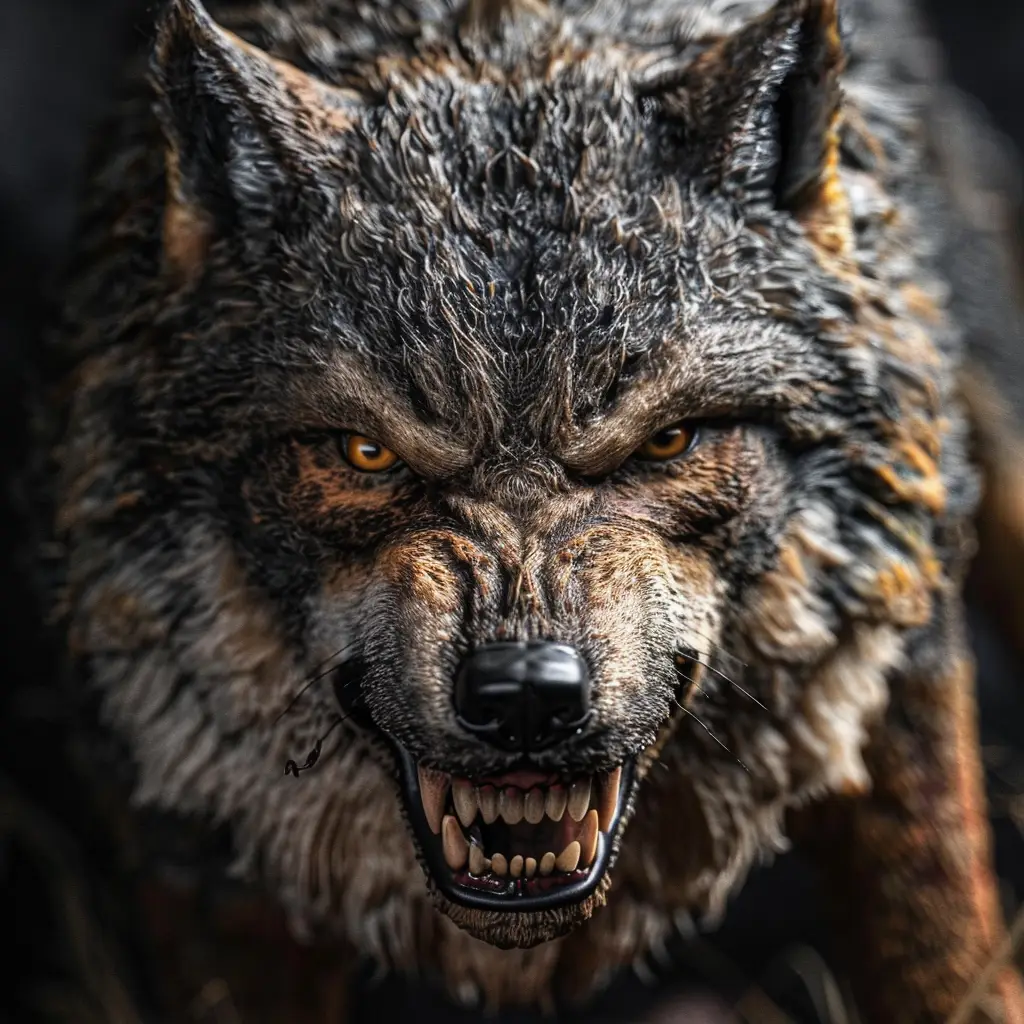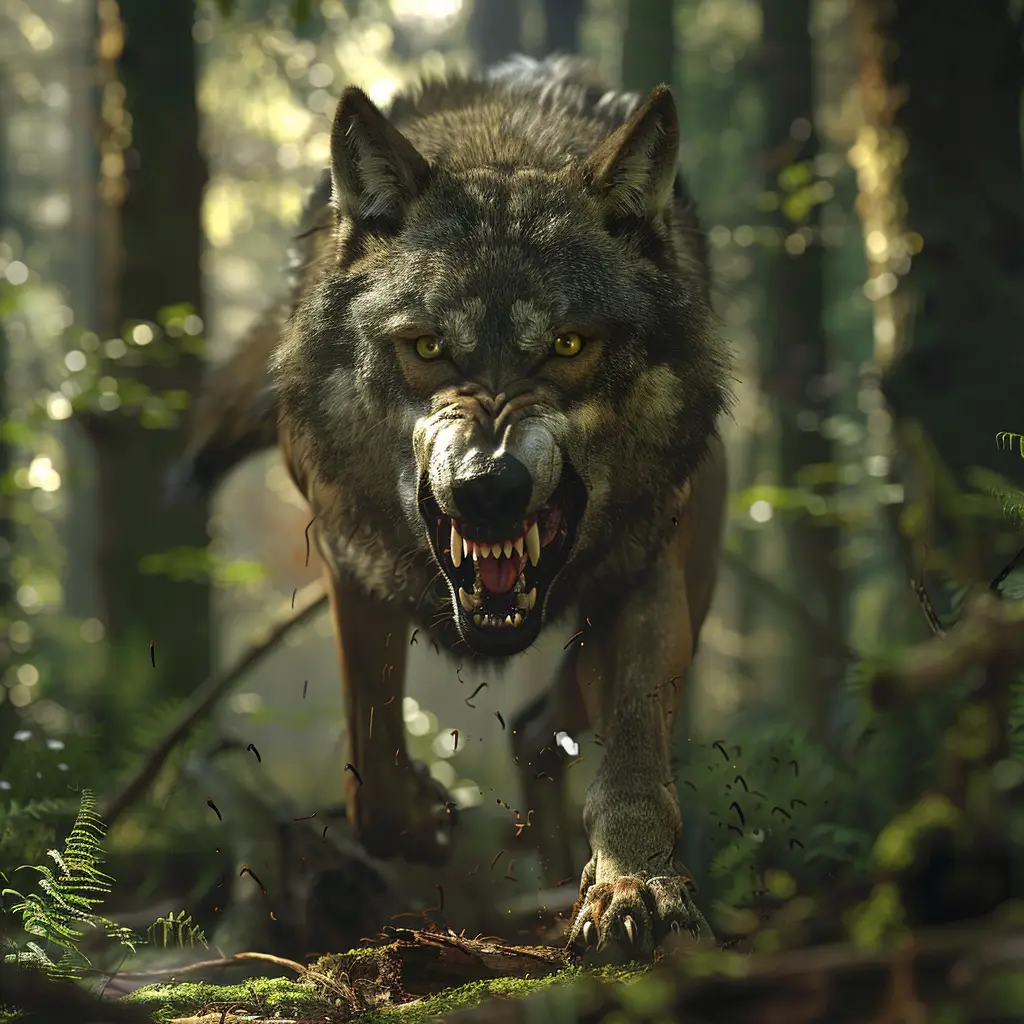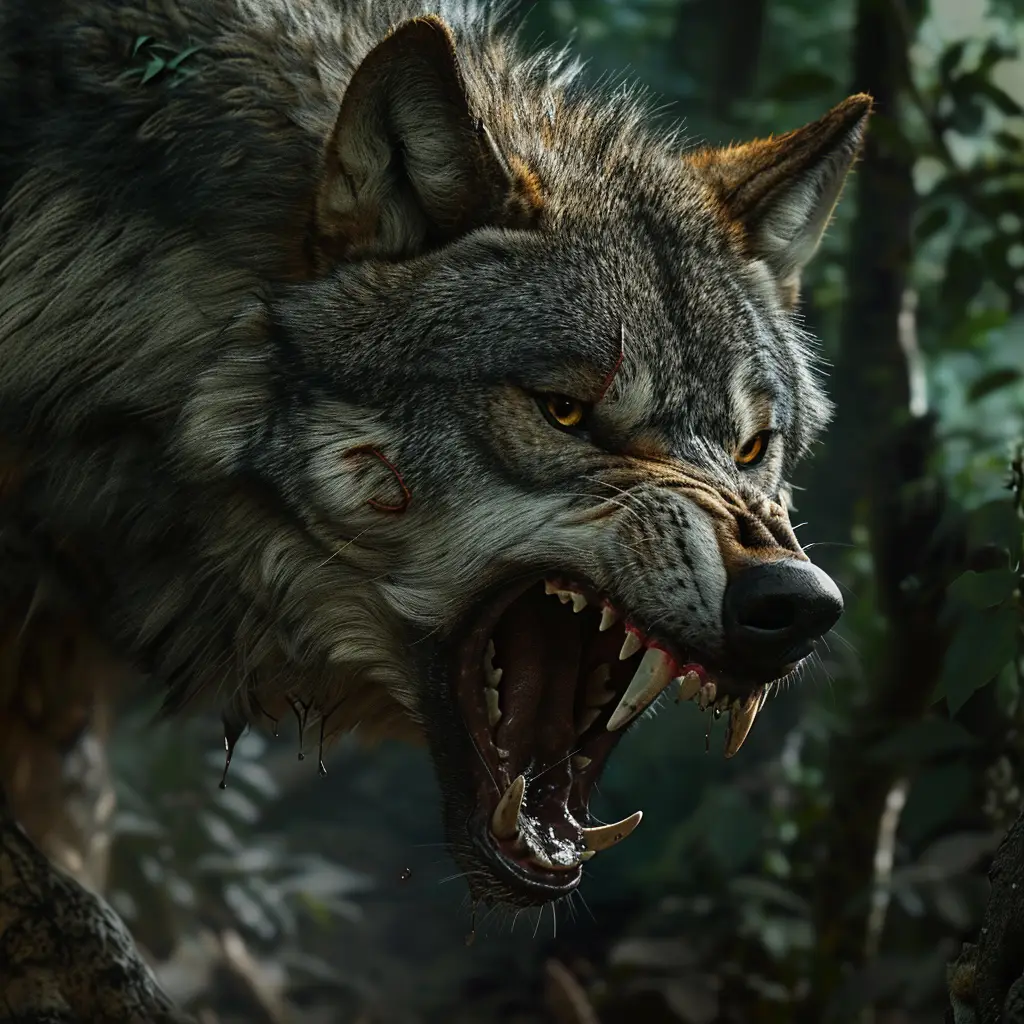Wolves play a significant role in Viking and Norse mythology, often symbolizing strength, cunning, and ferocity. Here are a few notable mentions:
Fenrir: Perhaps the most famous wolf in Norse mythology, Fenrir is a monstrous wolf, the son of the trickster god Loki and the giantess Angrboða. He was prophesied to bring great destruction, and the gods bound him with magical chains. He will break free during Ragnarök, the end of the world, and devour Odin, the chief god, before being slain by Odin’s son, Víðarr.
Sköll and Hati: These are two wolves who chase the sun and moon, respectively, in Norse mythology. Sköll chases the sun during the day, and Hati chases the moon at night. It’s said that during Ragnarök, they will catch their prey, resulting in the darkening of the skies.
Geri and Freki: These are the two wolves who accompany the Norse god Odin. Their names mean “the ravenous” or “greedy one” and “the devourer” respectively. They are often depicted as Odin’s loyal companions, and he gives them his food as he consumes only wine.
Wargs: In Norse mythology, wargs are a type of wolf, often associated with darkness and evil. They appear in various sagas and stories, sometimes as adversaries to the gods and heroes.
These are just a few examples of how wolves are woven into the rich tapestry of Norse mythology, representing both danger and companionship, as well as the untamed forces of nature.



